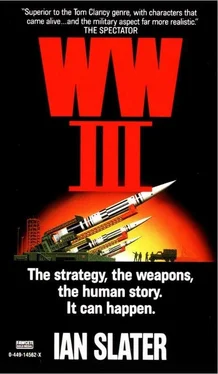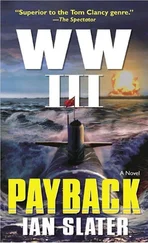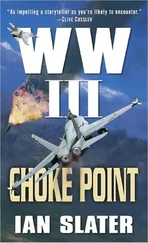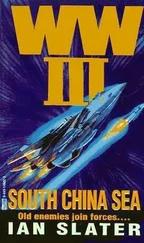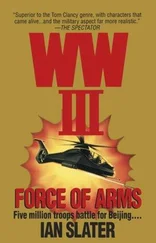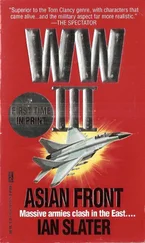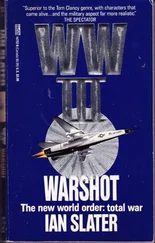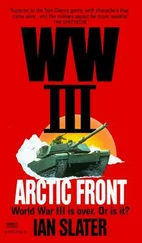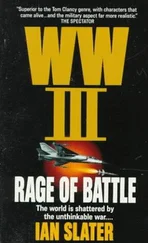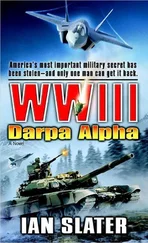“If Pyongyang does not hear from us, they will be concerned that our advance has been halted. It is necessary that they hear firsthand that all is proceeding as planned.” Kim did not tell Major Rhee his secret hope — that whenever he returned to Pyongyang, he would not only be greeted as a national hero, even greater perhaps than Admiral Yi, but he would also receive from the leader himself the coveted Kim II Sung medal for valor.
“I will unleash the final assault on Pusan in forty-eight hours,” he informed Rhee. “By then all supplies will be in place. It is essential I be here. However, I would also like to explain to the leader himself how Taegu will be completely overrun, from where we will move quickly to crush Pusan.”
Kim put another Sobrainie into the bone cigarette holder. “When Pusan has fallen,” he told the major, “then you will have some mopping up to do. As it has developed, the names of the counterinsurgency chiefs may pose no more man an academic question after all, for I foresee a massive American surrender. There will be great honor for the Fourth Division.”
Major Rhee said nothing. He was sure of the military victory to come, but under no circumstances would he be drawn into advising the general on whether or not he should go to Pyongyang. Not to go would be to disappoint their leader. It would only take a day there and back, but then again, Kim should be at divisional headquarters when the final drive for Pusan began.
It was a difficult question.
The trawlers had done more damage than Admiral Woodall or anyone else had realized, as before laying the signature mines in the way of the approaching convoy, the trawlers had sown a line of pressure and magnetic mines behind them.
These mines didn’t stop R-1 but caused a great deal of confusion as Woodall, after losing another merchantman, retraced his course, trying to find a gate in what seemed a moat of mines. Four attempts and eighteen hours later, with three more ships, including a destroyer, sunk by the mines, Woodall decided the only way out was to form a long line and “plow ahead” as would a line of soldiers walking through a minefield, following the lead ship, as it were, conscious that if they kept to the same path, the risk of being blown up by a mine would be minimized and that sooner or later the minefield must peter out.
The Dutch glass/plastic minesweeper led the file, but its magnetic anomaly detectors, powerful enough to detect the positions of the magnetic mines, were unable to protect against the pressure type, which reacted to changes in water pressure caused by the heavier merchantmen passing over.
Soon the minefield, designed by the technical experts of the Soviet Northern Fleet merely to delay a convoy long enough for their subs to break out through the Greenland-Iceland Gap, ended up destroying almost a third of R-1, including half of the twenty fifteen-thousand-ton container cargo ships.
By the time R-1 was well out of the mined area, they were still thirteen hundred miles north of Newfoundland’s Cape Race, Soviet Hunter/Killers closing two hundred miles west of the convoy. At the same time, American relief ships and subs were 250 miles to the south of the convoy, heading toward it to take over escort duties for the remaining half of the convoy’s journey to Halifax. One of the subs that was heading north but not assigned escort duties was the USS Roosevelt.
* * *
Robert Brentwood was bringing his sub up from a thousand feet to trail his VLF antennae for a “burst message” which, lasting only milliseconds, was designed for a position verification for SACLANT and also for passing on any new instructions to the submarine. Around the raised periscope island in the combat control center, the highly polished brass rail was a ruby sheen, the sub rigged for red.
Brentwood listened carefully to the depth readout from the planesman. “Three hundred feet…two fifty…two hundred… one hundred. Steady at one hundred.” The sub’s props were now stilled, the Roosevelt suspended a hundred feet below the surface.
“Very well,” said Brentwood. “Stand by to extend VLF.”
“Standing by with VLF, sir.”
“Extend three hundred.”
“Extending three hundred, sir. Ten — twenty — thirty — forty—”
Brentwood was watching the sonar blips from the Roosevelt’s built-in hydrophones; the noise of the oil-smooth VLF aerial extending out from behind the sub was audible to the hydrophones, but the operator was classifying it as “soft,” meaning there was only low risk of enemy subs picking it up unless they were closer in than fifty miles, which Robert Brentwood figured he should know about, the Roosevelt having dragged its towed array less than an hour before. Even so, the sheathing on the Russian Mike-class was extraordinarily good at dampening prop noise.
“VLF at three hundred, sir.”
The VLF would stay out for five minutes exactly, during which the millisecond burst should be received, updating instructions.
Five minutes later the VLF automatic override began winding in the aerial. Six minutes later, the OOD reported, “VLF in.”
It was not unknown for a sub not to receive its VLF burst during the prearranged time slots, but it had never happened aboard the Roosevelt. Four misses and the sub captains had been ordered, contrary to persistent and vigorous denial by both the administration and the Pentagon, to use their initiative. After the fourth miss or, “Zippo,” as the no-burst was known, the captains of American subs entered into the world of TKI or two-key initiative. This meant the captain could, upon “reasonable and repeated confirmations,” take it as given that the United States of America was under nuclear attack — HQ unable to transmit.
In such a situation the sub commander was free to fire his nuclear missiles at predesignated targets or at his discretion.
In the case of the ten-thousand-ton Sea Wolf II, it would involve firing nuclear-tipped Cruise missiles from torpedo tubes, and the six Trident ballistic missiles in two rows of three aft of the sail. The killer word was “reasonable.” What was reasonable if you couldn’t get confirmation? It was a lawyer’s delight. The reason for no message being received, of course, could be that there was some malfunction in one of the huge and elaborate VLF signaling and relay aerials on the East and West Coasts of the United States, the other aerial “farm” for the Roosevelt and the other subs in the Atlantic Fleet being in Wisconsin. But Washington knew this and allowed for four attempts at ten-hour intervals — ample time, it was thought, to work out any problems on the aerial farms. If these could not be worked out, however, after twenty hours, TACAMOs—”take charge and move out” signal planes — would be ordered to fly over and beam down the bursts at the prearranged times.
“What happens if we’re out of TACAMOs?” an off-duty submariner asked his friend. “Then where are we?”
In the control center Brentwood ordered the diving planes-man to take her to one thousand, and turning to the OOD, instructed him to resume patrol. There was no point in making any comment about not receiving a message. The thing was to not make a big deal of it among the crew, start them worrying unnecessarily. During the resume patrol mode, the rules of operation were as carefully spelled out as any other mode, including an informal one that said if any member of the crew made a noise above detectable decibel level, the old man would personally stuff him into one of the eight forward torpedo tubes and blow him out to the sharks.
In the Sea of Japan, aboard the U.S. carrier Salt Lake City, there was a half hour to go, pilots advised there would be a briefing in ten minutes. Fisher, Frank Shirer’s radar interference officer, knocked and came into Shirer’s cabin. “Scuttlebutt from ‘Prifly’ says we might have to go north of the parallel for a while. MiG Alley.”
Читать дальше
